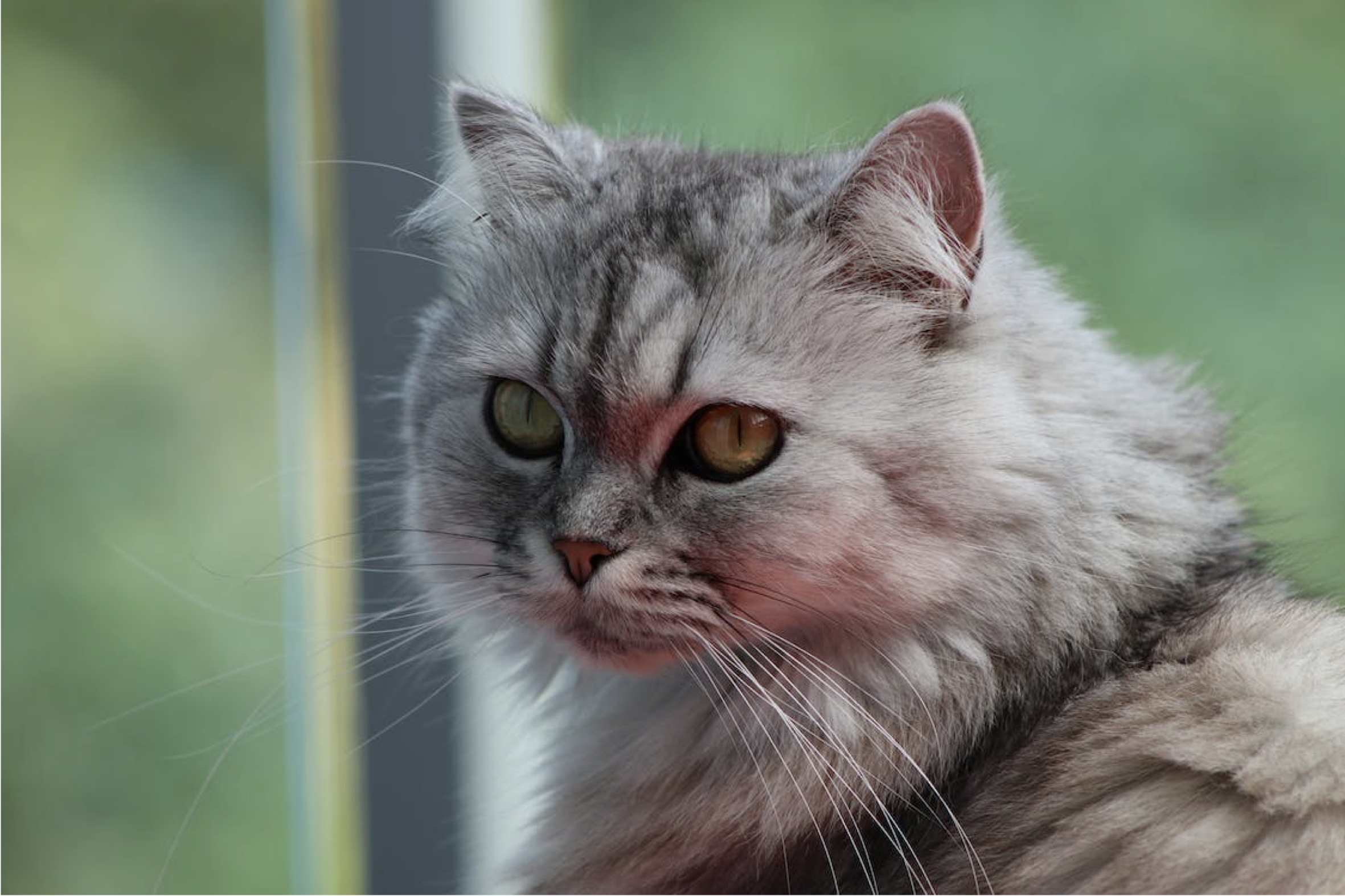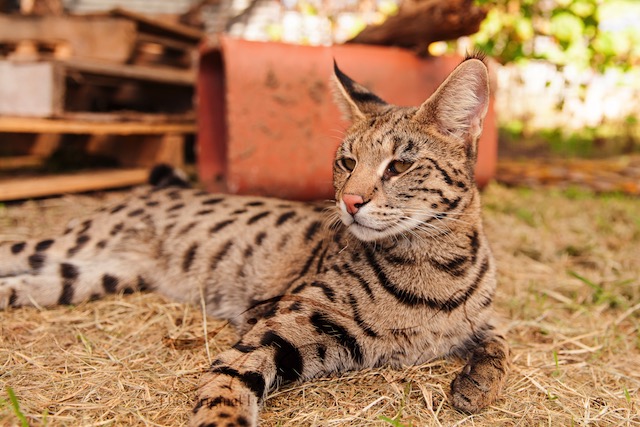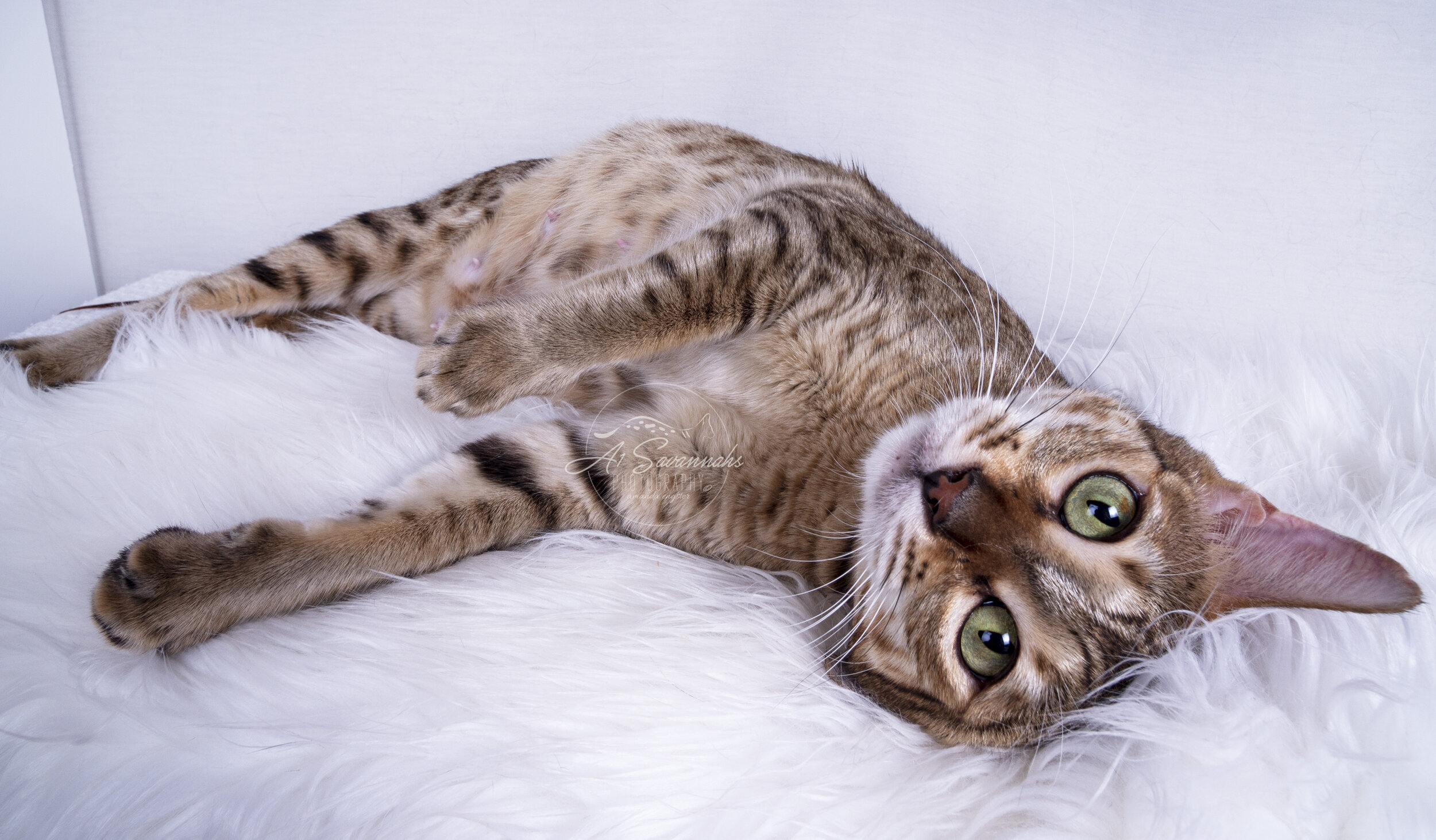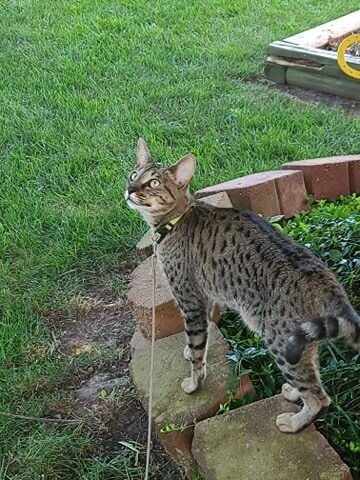Cats have been a source of fascination and inspiration for humans for centuries, and their presence in art and culture is undeniable. From ancient civilizations to contemporary society, these enigmatic creatures have left their paw prints on our creative expression, leaving a lasting legacy that continues to captivate us. In this blog post, we will explore the intricate relationship between cats and slots and their impact on art and culture.
The Modern Cat Craze
Fast forward to the present day, and cats continue to play a prominent role in contemporary culture. With the advent of the internet, kitties have become online celebrities, with countless viral videos and memes dedicated to their antics. The famous Grumpy Cat, for example, became a global sensation with her distinctive sour expression. But how does the world of slots fit into this perfectly fascinating connection? Slot machines in Online Gaming, often featuring various themes and symbols, have also embraced the allure of cats.
You'll find numerous cat-themed slot games, each with its own unique twist on feline charm. These games combine the excitement of gambling with the irresistible appeal of kitties, creating a delightful blend of entertainment.
Cats in Ancient Times
Cats were revered in ancient Egypt, where they were associated with the goddess Bastet, the goddess of home, fertility, and domesticity. These feline companions were not only beloved pets but also powerful symbols of protection. The Egyptians believed that kitties had the ability to ward off evil spirits and protect their homes and families.
In Egyptian art, kitties were frequently depicted in sculptures, paintings, and hieroglyphics. These depictions not only celebrated their beauty but also showcased their significance in daily life and spirituality. The graceful lines of a cat's form were a common motif in Egyptian art, symbolizing grace, agility, and the connection between the physical and spiritual worlds.
Cats in European Art
The fascination with kitties in art didn't stop with ancient Egypt. Throughout history, kitties have been featured in European art, often as symbols of mystery and independence. In the Middle Ages, they were sometimes associated with witchcraft and superstition, leading to their portrayal as witches' familiars.
During the Renaissance period, kitties found their way into famous paintings by artists such as Leonardo da Vinci and Albrecht Dürer. These artists appreciated the challenge of capturing the nuances of feline anatomy and behavior, resulting in realistic and captivating portrayals of kitties in their works.
Conclusion
Cats have undoubtedly left an indelible mark on art and culture throughout human history. From their revered status in ancient Egypt to their portrayal in European masterpieces and their contemporary internet fame, these enigmatic creatures continue to inspire and captivate us.
The connection between kitties and slots is just one example of how our fascination with these furry friends transcends time and culture, providing us with endless opportunities to celebrate their beauty and mystique. Whether you're a cat lover, a gambler, or simply a curious soul, the perfectly fascinating connection between kitties and culture is one worth exploring and celebrating.














